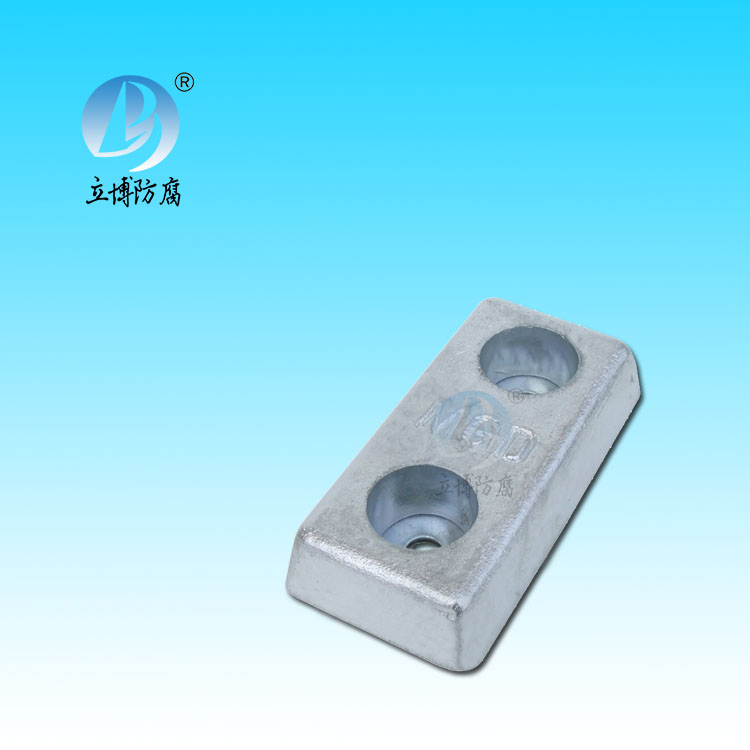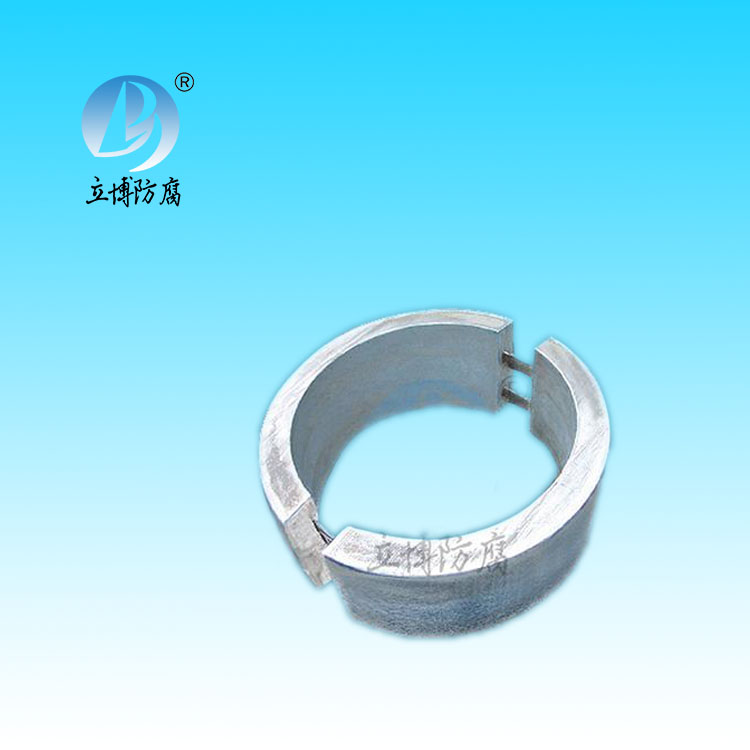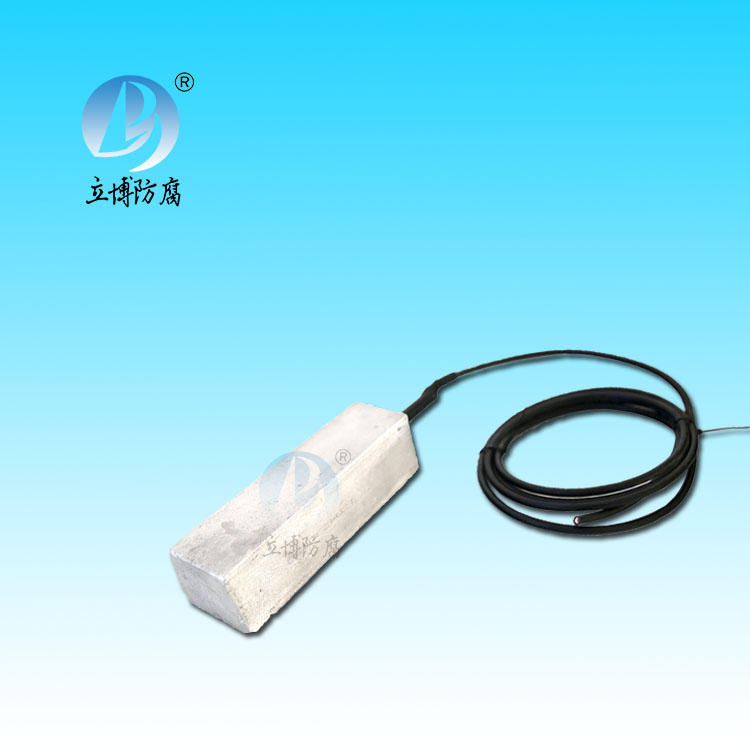News
News
- What is a sacrificial anode
- Basic requirements for reference...
- What does the reference electrode do...
- Why are zinc blocks attached to the ...
- What is the principle of impressed...
- What material does metal structure...
Contact
Phone:18739187123
hotline:0391-7588881
E-mail:970512272@qq.com
Address:Wuzhi County, Jiaozuo City, China
Company News
Operating principle of anodizing treatment of aluminum
- Author:Libo
- Source:wwww.godsgracesalon.com
- Date:2021-06-11
- Click:0
In short, bubbles are not desirable in anodizing bath solution for aluminum. If gases are produced and dispersed in the anodizing bath, the anodizing efficiency will be reduced, so, although practically unavoidable, efforts must be made to reduce the number of bubbles and remove them as much as possible.
The bubbles may be the result of the formation of hydrogen and oxygen at the cathode and anode, respectively, or they may be caused by a variety of causes described below. The presence of bubbles in the tank reduces the conductivity of the tank. The increase in the resistance of the bath not only causes the temperature to rise but also misleads the process because operators often use the bath voltage to control the anodizing process. Due to the presence of a large number of bubbles, the resistance of the tank liquid is greater than the expected resistance of the set tank voltage, so the voltage for anodizing is actually smaller at the same tank voltage. From the following comparison of the image of the analysis, the voltage of the electrolytic cell U(electrolytic cell) is composed of U(anode)+U(cathode)+U(tank resistance) three parts of the voltage combined. For a given cell voltage U(electrolytic cell), if U(cell resistance), the IR voltage drop of the cell liquid, is increased additionally, then the sum of the other two terms in the equation above, U(anode) and U(cathode), is significantly smaller. The presence of bubbles in the bath not only has an effect on the resistance of the bath, but also has a more negative effect when the bubbles are attached to the electrode surface. The bubbles on the surface first distort the uniform distribution of the current and mask and obscure the metal aluminum below the bubbles so that it cannot anodize normally.
It has been reported that the efficiency of anodized film generation can be improved by mixing with compressed air. However, due to the presence of bubbles, the voltage of anodic oxidation is increased, which may actually affect the generation efficiency.







 客服QQ
客服QQ